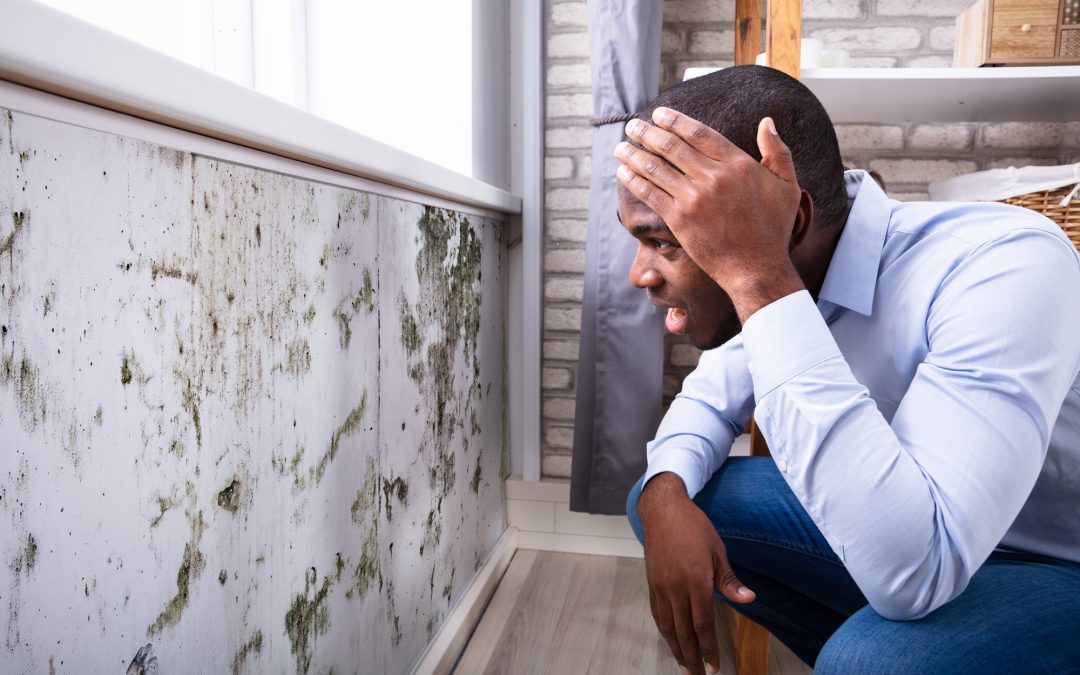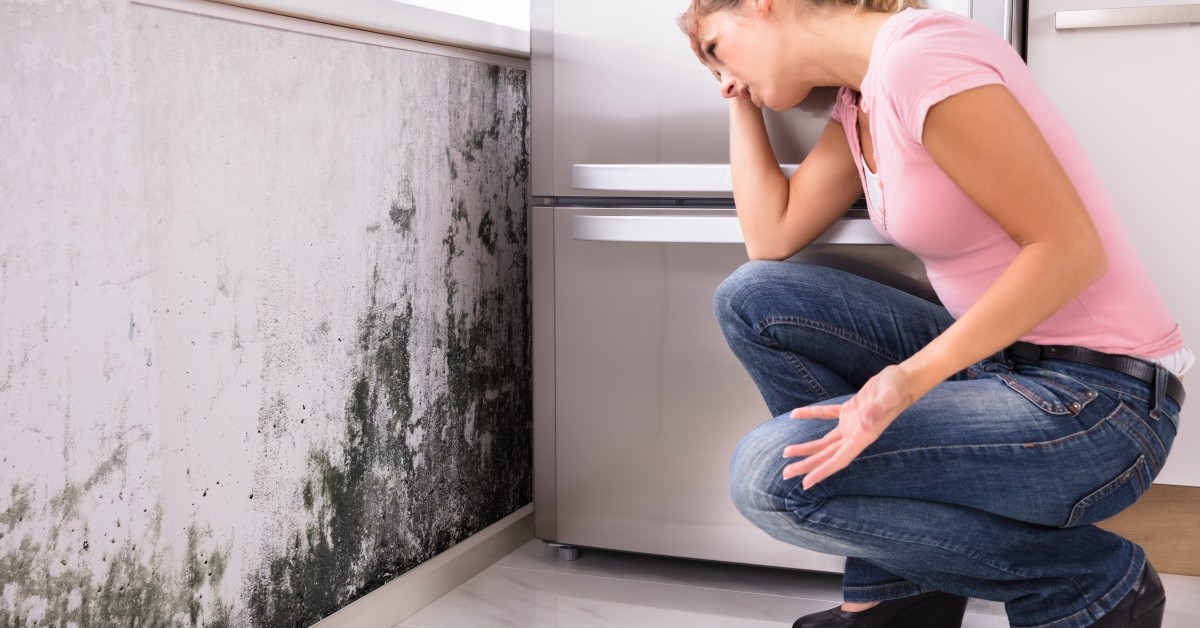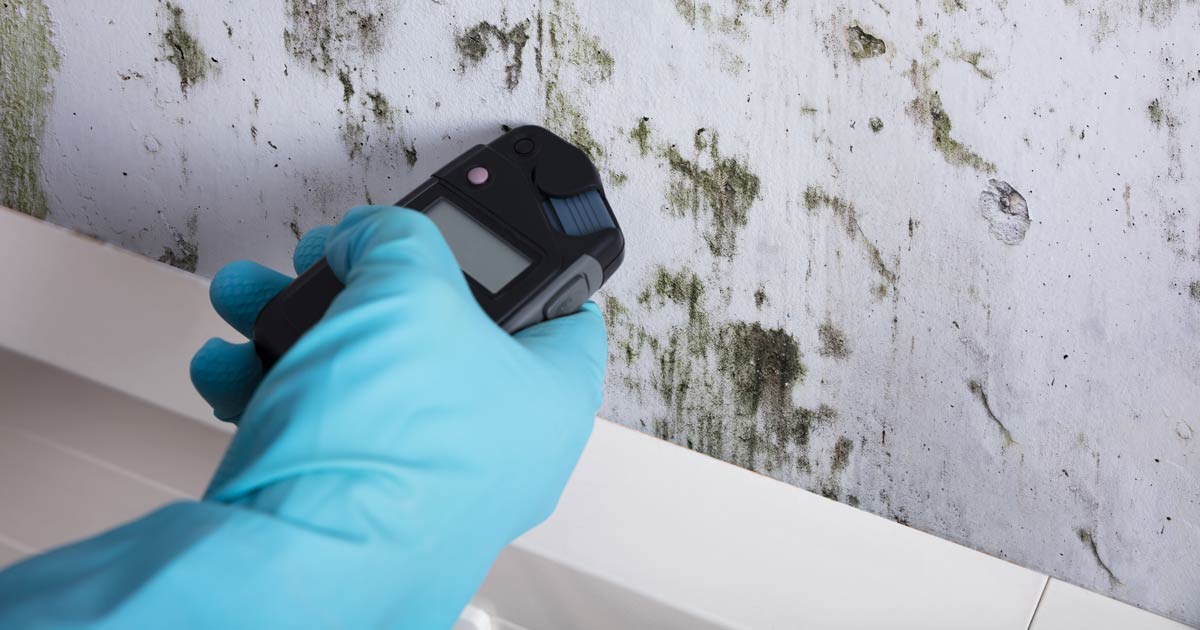Effective Post Mold Remediation Cleaning Protocols
Effective Post Mold Remediation Cleaning Protocols
Blog Article
Your Ultimate Guide to Post Mold And Mildew Removal Methods
In the consequences of mold and mildew infestation, understanding how to successfully get rid of the mold and stop its reoccurrence is paramount for preserving a healthy and balanced indoor atmosphere. From choosing the appropriate cleaning and sanitizing methods to executing approaches for long-term mold avoidance, each action in the remediation journey plays a vital role in guaranteeing an effective end result.
Understanding Post-Mold Remediation Process
After finishing the mold and mildew removal procedure, it is vital to recognize the post-mold removal methods that are needed to make certain a thorough and effective clean-up. As soon as the mold has actually been gotten rid of, the next step includes cleaning and disinfecting the affected areas to avoid any regrowth of mold and mildew. This consists of using specialized cleansing representatives to clean down surfaces and eliminate any kind of staying mold and mildew spores. It is necessary to dry out the location totally to dissuade the growth of mold and mildew in the future (After mold remediation). Proper ventilation and dehumidification can aid in this process.
Additionally, performing a last inspection post-remediation is important to ensure that all mold and mildew has been successfully removed. This examination should involve a thorough aesthetic check along with perhaps air sampling to verify the lack of mold spores in the air. Extra removal might be needed if the evaluation exposes any kind of remaining mold and mildew. Informing residents on precautionary measures such as regulating wetness degrees and without delay addressing any kind of water leakages can help keep a mold-free environment.
Effective Cleaning Up and Sanitizing Techniques

Preventing Future Mold Development

Relevance of Appropriate Ventilation
Correct ventilation plays an important role in protecting against wetness build-up, a crucial consider mold and mildew growth within interior environments. Reliable ventilation systems aid eliminate excess moisture from the air, decreasing the opportunities of mold spores locating the moisture they require to germinate and spread. Without appropriate ventilation, indoor rooms why not try these out can become a breeding place for mold, causing possible health threats and architectural damages.
By ensuring correct air flow, air flow systems can also assist in drying wet areas a lot more quickly after water damage or flooding occurrences, further preventing mold and mildew growth. After mold remediation. Precede like restrooms, attics, basements, and kitchen areas where wetness degrees often tend to be greater, mounting and keeping reliable air flow systems is critical in protecting against mold problems

Monitoring and Upkeep Tips
Offered the vital role that correct air flow plays in preventing mold and mildew development, it is essential to develop efficient monitoring and upkeep suggestions to make certain the ongoing functionality of air flow systems. Regular assessments of ventilation systems need to be carried out to look for any type of indicators of obstructions, leakages, or malfunctions that can impede proper airflow. Surveillance moisture levels within the home is also essential, as high moisture can add to mold development. Mounting a hygrometer can aid track moisture degrees and sharp house owners to any spikes that might call for interest. Additionally, making sure that air filters are consistently cleaned or changed is essential for preserving the effectiveness of the ventilation system. Implementing a timetable for routine upkeep tasks, such as air duct cleaning and cooling and heating system examinations, can assist avoid concerns prior to they intensify. By remaining proactive and alert to the condition of ventilation systems, building owners can efficiently alleviate the risk of mold regrowth and preserve a healthy indoor environment.
Final Thought
Finally, post-mold remediation strategies are essential for making sure a risk-free and tidy atmosphere. Recognizing the process, implementing effective cleaning and disinfecting techniques, avoiding future mold development, maintaining appropriate air flow, and routine monitoring are all essential action in the removal process. By complying with these standards, you can effectively remove mold and stop its return, promoting a healthy and balanced living or functioning room for all passengers.
In the aftermath of mold and mildew infestation, recognizing how to efficiently eradicate the mold and prevent its reoccurrence is paramount for preserving a healthy interior environment. When the mold and mildew has actually been removed, the next step entails cleansing and disinfecting the influenced remove mold clothing locations to avoid any regrowth of mold - Post Mold Remediation Report. After removing noticeable mold and mildew development, it is critical to cleanse all surface areas in the afflicted area to get rid of any type of staying mold and mildew spores. To additionally improve mold and mildew prevention steps, it is essential to resolve underlying problems that originally led to mold and mildew development.Given the critical function that proper air flow plays in avoiding mold growth, it is important to develop reliable surveillance and maintenance pointers to ensure the continued functionality of air flow systems
Report this page